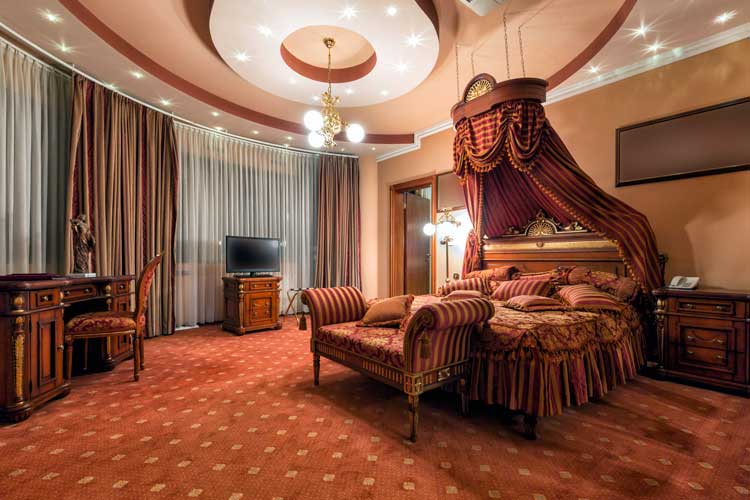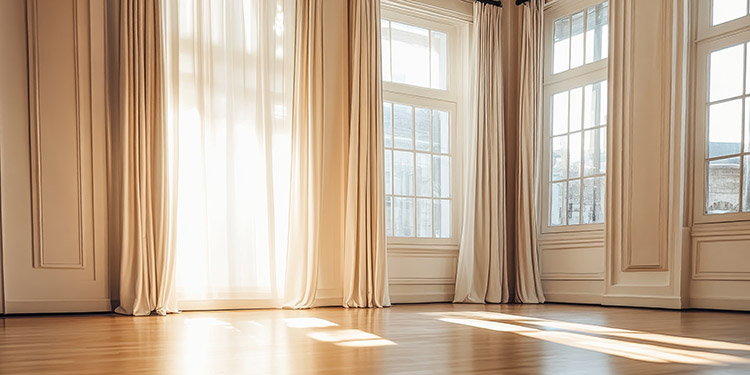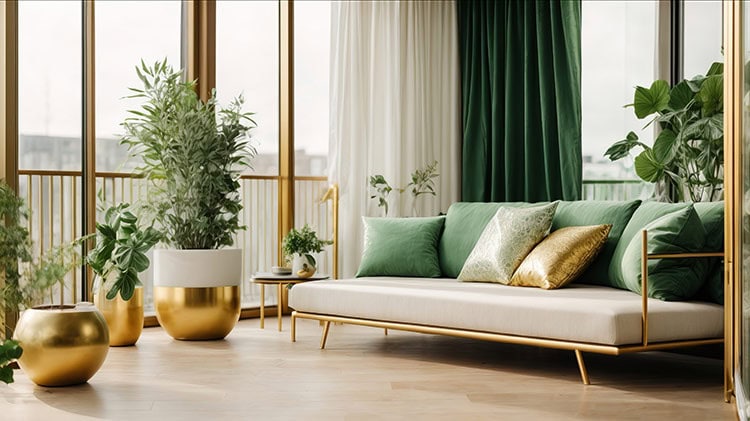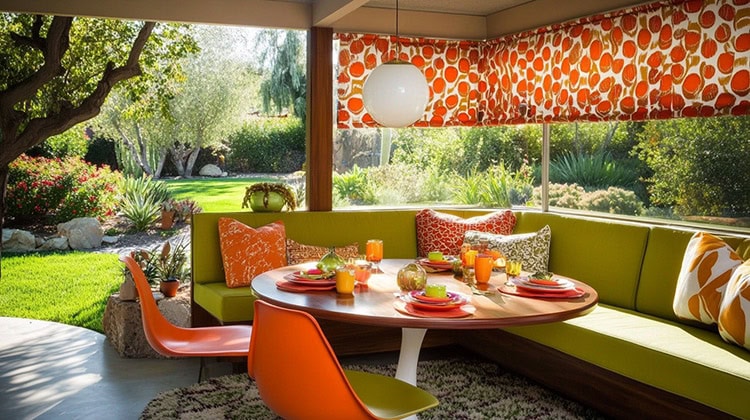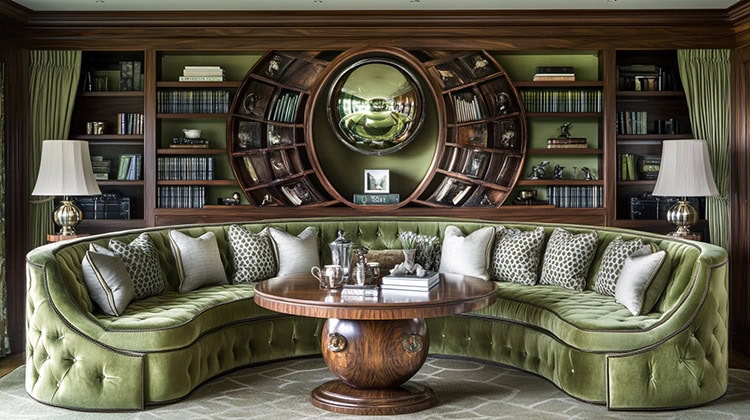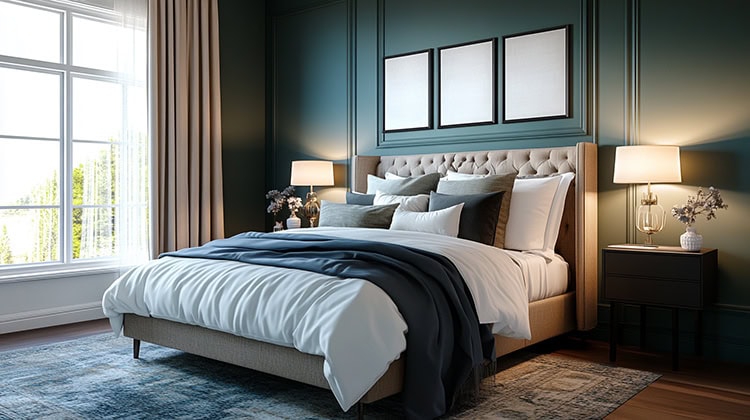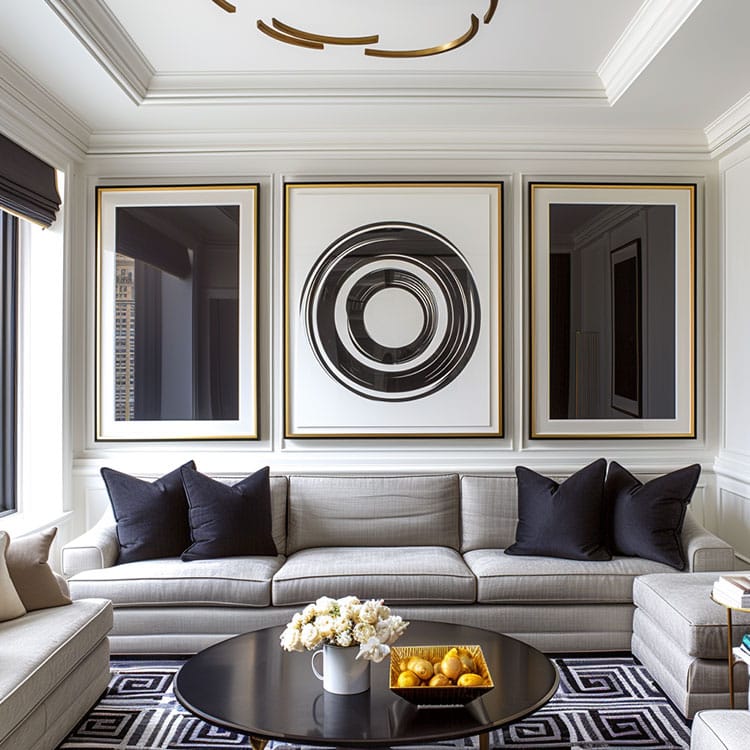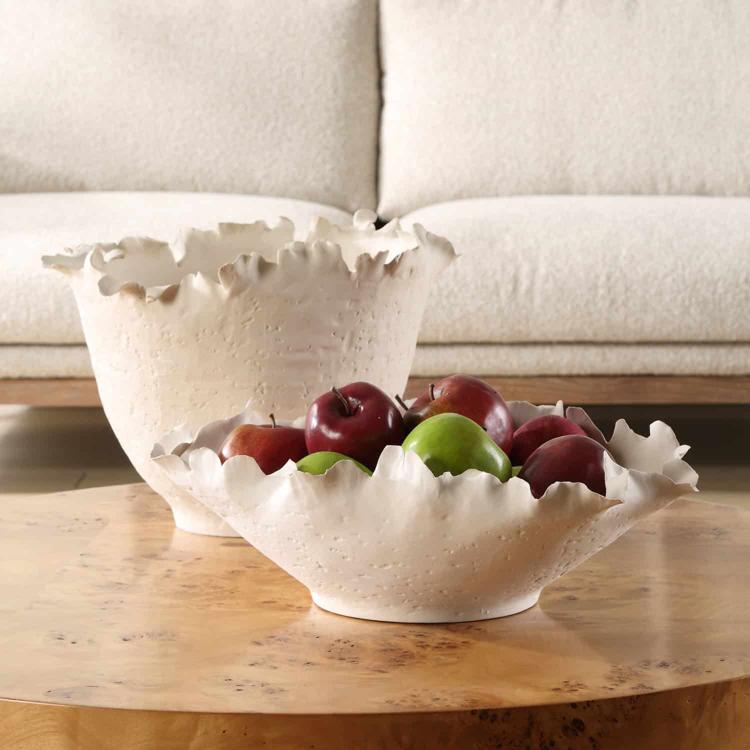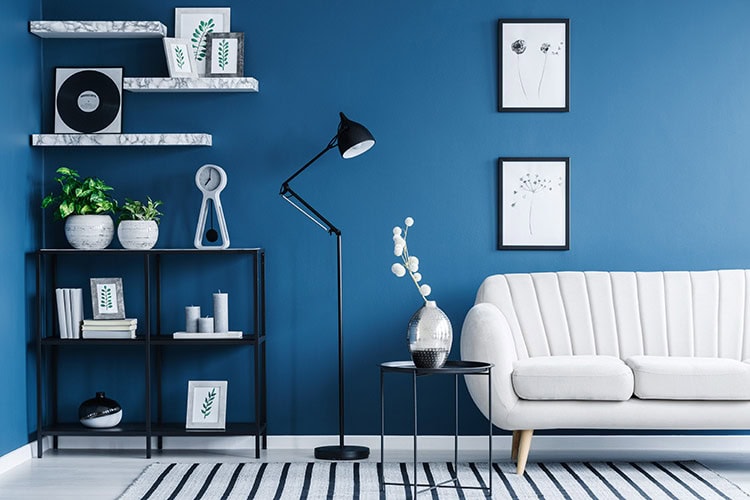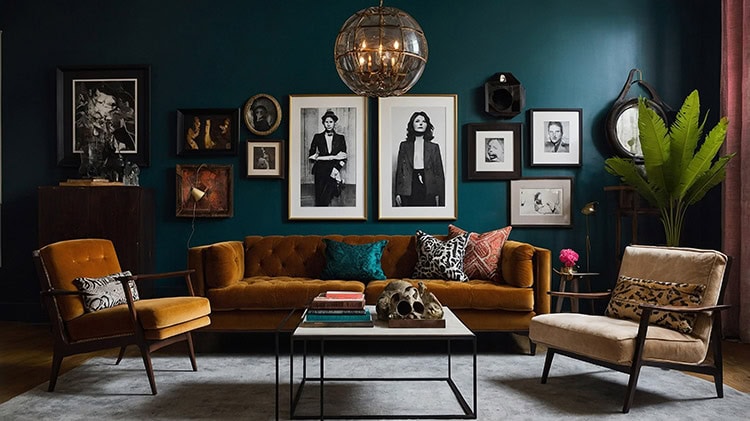Out of all the window treatments available for your home, draperies and curtains remain the two most popular choices. Both seem to perform the same function, which is probably why many people think they are one in the same. This, however, is not the case. While there might not be a huge difference between the two, there is in fact, still a difference. Here we’ll look at what defines them, but first, a little history…
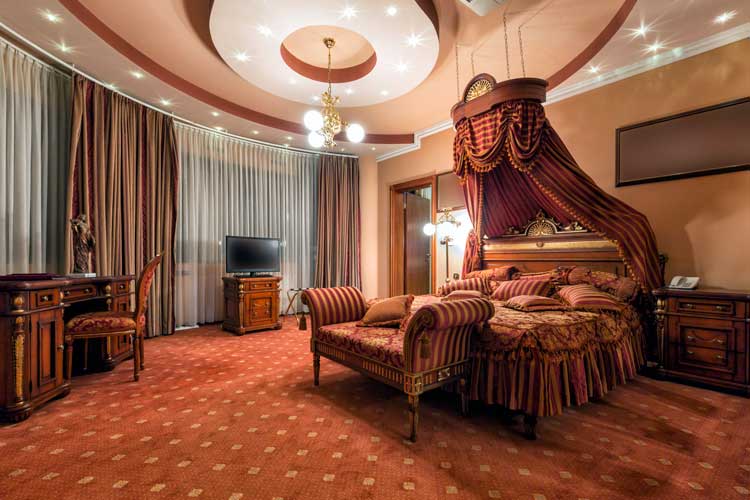
Then and Now
Fabric for window and door decoration has been used for many centuries by Oriental cultures, but it wasn’t until the Middle Ages when Western countries took hold of the idea. During those times, however, only the wealthy could afford such fabric, as it was quite expensive. Once machines began to manufacture textiles during the 19th century, it became much more affordable for others. As glass windows became more prevalent in modern times, the use of draperies and curtains increased, bringing us to today, where window treatments are used in almost every home and business.
Are They Really Different?
Yes, and here’s why. As mentioned earlier, draperies and curtains were designed for the same purpose, which is to cover windows. While both are meant to provide privacy, block light, protect from temperatures and decorate, there are qualities about each that make them unique. Here are some things that make draperies and curtains different:
- Draperies are heavier in weight, lined, and cover the length from top to floor, while curtains are lighter, unlined and vary in length depending on how they are hung.
- Curtains are considered to be casual and drapes are considered to be formal. This is why curtains are generally found in kitchens, bathrooms and on door windows, while draperies are used in living rooms, dining rooms, and bedrooms.
- In regards to design, draperies tend to be pleated at the top, while curtains are usually gathered.
- Curtains are used more for decorative purposes than they are for blocking light or soundproofing. Drapes are often thicker than curtains, serving both decorative and functional purposes.
- Window treatments like drapes usually require special maintenance, such as dry cleaning, whereas curtains can generally be washed in the washing machine.
- Drapes are usually operated with a drawstring (cord), while curtains can be closed with a slight tug of the fabric.
- Draperies are more expensive than curtains.
- The hardware used for drapery panels tend to be much more decorative than ones used for curtains.
Even with those differences, there are some similarities they share. Both curtains and drapes come in many styles, patterns, and colors. Both are available in different lengths and widths. And both can also be found for prices that fit the budget of your household.
Fabric Choices
The nice thing about window treatments, whether you choose curtains, drapes, or something entirely different, is that they come in different fabrics and weights.
It’d take quite a while for me to list all the fabrics suitable for your curtains and drapes, so I’m just going to stick with 10 that are very popular. They include:
- Canvas: Heavy, strong and tight-weaved fabric, great for blocking light.
- Poplin: Medium weave made individually or collectively from cotton, linen, silk, or man-made fibers.
- Velvet: Heavy fabric that blocks light and cold while providing a look of luxury.
- Satin: Smooth and shiny medium weight fabric.
- Brocade: Heavy, rich-looking fabric that blocks light and traps warmth.
- Linen: Lightweight fabric that gives light while still providing privacy.
- Rayon: A fabric with a crisp texture and shiny appearance that drapes well and lasts for a long time.
- Muslin: Medium-weight fabric made of woven cotton. It breathes well, allowing airflow into the space while still providing privacy.
- Lace: A fabric often made from natural fibers that gives light, provides privacy and exudes a classic and elegant look.
- Sheers: A lightweight fabric often layered under heavier draperies. Although often added for aesthetic purposes they are functional as well.
It All Comes Down to Your Style
Some people use curtains alongside their drape, mainly for the sole purpose of filtering light. A lightweight, sheer curtain may be installed underneath existing drapes so that the drapes can be left open to allow light in, without being too bright. The drapes still serve a purpose of style when open and function when closed. Ultimately, most houses could benefit from the use of both curtains and drapes in different rooms.
It doesn’t really matter if you use drapery panels, curtain panels or a mixture of both. In the end, it all comes down to your personal style as well as the style of your home. There is a wide variety of pre-made panels available, but don’t forget to visit fabric stores should you decide to have them made. Both types will dress up any window and in all reality, that’s all that really matters.
Visit us in North Houston at Interior Fabrics to see our latest discount designer fabrics to make your next project go quick and smooth!

